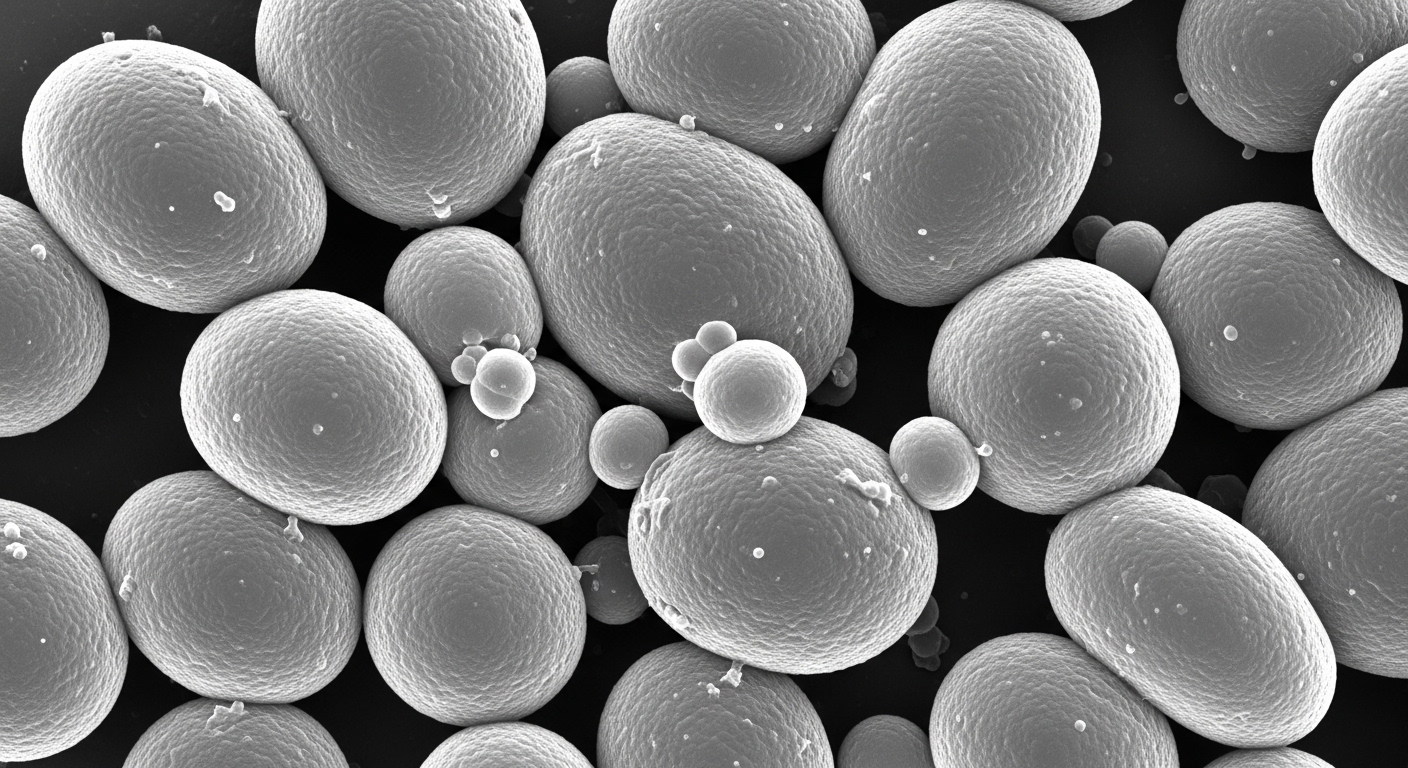Dr. Kumar’s Take
Recurrent C. difficile disease is tough, with high relapse rates after initial therapy. This study demonstrates that increasing vancomycin dose and pairing it with S. boulardii can dramatically reduce recurrence. It compellingly shows that dosage and timing matter. For patients at high risk of recurrence, this combination deserves attention.
Key Takeaways
- Study looked at adults with recurrent C. difficile disease (CDD).
- High‑dose vancomycin (2 g/day for 10 days) + S. boulardii (1 g/day for 28 days) vs high‑dose vancomycin + placebo.
- Recurrence rates were 16.7% in the S. boulardii group vs 50% in placebo.
- Effect significant (p = .05).
- No serious adverse events observed.
Actionable Tip
If a patient has recurrent C. difficile (≥1 previous episode), consider using high‑dose vancomycin (2 grams/day for 10 days) combined with S. boulardii 1 gram/day (divided doses) for 28 days. This strategy can drop recurrence by about two‑thirds in certain settings.
Study Summary
Surawicz et al. conducted a randomized, double‑blind, placebo‑controlled clinical trial focusing on patients with recurrent C. difficile disease. After a 10‑day course of high‑dose vancomycin, patients were randomized to either continue with S. boulardii or placebo, with follow‑up for recurrence over 28 days of probiotic/placebo, plus monitoring afterward.
Study Design
- Population: Adult patients with recurrent C. difficile disease
- Interventions:
- High‑dose vancomycin (2 g/day) for 10 days + S. boulardii 1 g/day for 28 days
- High‑dose vancomycin (2 g/day) for 10 days + placebo
- Randomization: On day 7 of antibiotic therapy, patients randomized to probiotic or placebo
- Follow‑up: Probiotic or placebo continued for 28 days; recurrence assessed during and after treatment
Results
- Recurrence rates:
‒ 16.7% in high‑dose vancomycin + S. boulardii group
‒ 50% in vancomycin + placebo group - Number needed to treat (NNT): Roughly ~ 3 or 4 to prevent one recurrence in this high‑risk group
- Safety: Well tolerated; no serious adverse events attributable to S. boulardii
Biological Rationale
- Higher antibiotic dose may better reduce C. difficile burden and spores; S. boulardii supports by neutralizing toxins and helping restore gut microbial resistance.
- Probiotic may help occupy ecological niches, prevent overgrowth of residual spores, reduce toxin effects and improve mucosal defense.
Strengths & Limits
Strengths:
- Focused on hard‑to‑treat recurrent disease, which is clinically important.
- Clear high‑dose antibiotic and probiotic regimen.
- Placebo control allows strong inference.
Limitations:
- Sample sizes in subgroup are small—18 in treatment vs 14 in placebo, which could affect statistical certainty.
- Follow‑up relatively short relative to chronic recurrence risk beyond 28 days.
- Only tested one high‑dose antibiotic (vancomycin) regimen; may not generalize to other antibiotics or lower doses.
Related Studies and Research
- Saccharomyces boulardii in the prevention of antibiotic-associated diarrhoea: meta‑analysis
- Saccharomyces boulardii in the prevention of antibiotic-associated diarrhoea in children: RCT
- SB + Amoxicillin‑Clavulanate Effects on Gut Microbiota (RCT)
- SB in H. pylori Therapy (RCT)
- 🎙️ Saccharomyces boulardii Explained – Podcast Episode
FAQ
Does higher dose vancomycin carry more risk of side effects?
In this study, no significant adverse events were linked to the high‑dose vancomycin + S. boulardii protocol. However, higher antibiotic dosing always increases considerations (renal, gut flora, etc.), so monitor carefully.
Is the benefit seen only in recurrent cases?
Yes, the effect here is strongest in those with prior C. difficile recurrence, where baseline risk is higher. The benefit in first‑episode disease is less clear.
How long after stopping the probiotic should the patient be monitored?
Recurrence in this trial was observed after cessation, so at least 4 weeks of follow‑up is reasonable, possibly longer depending on patient history.
Bottom Line
Combining high‑dose vancomycin (2 g/day) with S. boulardii 1 g/day significantly reduces recurrence in patients with recurrent C. difficile disease. For patients with prior episodes, this treatment plan should be strongly considered.


